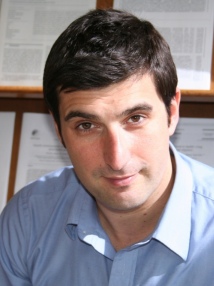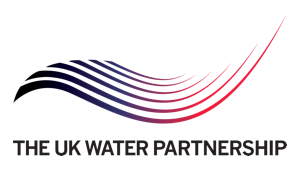The challenge
The presence of pharmaceuticals and endocrine disrupting chemicals (EDCs) and their potential to cause adverse effects in the aquatic environment has been the subject of increased scientific and public interest. The great diversity of these substances that are increasingly being found in the environment, their potential to have detrimental impacts even at very low concentrations and the great uncertainties that exist regarding their fate and true impacts warrant concern.
Sewage treatment works (STWs) are a major source of EDCs and pharmaceuticals in the aquatic environment and could therefore soon become regulated with tight consents for effluent concentrations.
The solution
The work has focused on sustainable risk management of emerging contaminants in municipal wastewater, and has delivered advanced treatment solutions and optimisation of conventional processes in order to effectively reduce such substances in wastewater effluents.
Research has been conducted to develop tools that estimate levels of micropollutants in municipal wastewaters, and options for removing these contaminants. Examples include:
- Studying the occurrence and removal of selected pharmaceutical compounds in a STWs utilising activated sludge treatment,
- Assessing the removal of steroid estrogens from wastewater using granular activated carbon, as well as the removal of organotins during sewage treatment, and
- Determining the relative contribution of STWs to receiving waters in terms of emerging contaminants Related work has included economic modelling for assessing the cost of removing these substances from wastewater and drinking water treatment processes, questioning the excessive use of advanced treatment to remove organic micropollutants from wastewater, new analytical methods for experimentally measuring such substances, and identification of which wastewater treatment assets are most at risk of breaching effluent regulations, in order to assist cost effective investment targeting.
Resulting benefits
The work has improved understanding of how effectively wastewater treatment processes can remove these substances, with implications to environmental quality and potable water supplies. Besides examining the technological aspect, the work also delivered methodologies to select the most sustainable options for treatment that can overall offer net benefit.
Future directions
In part driven by legislation such at the Water Framework Directive and REACH, our research demonstrates the importance of managing these contaminants at source rather than improving end of pipe solutions. More holistic and integrated decision making frameworks are developed and will hopefully be applied in the future to avoid such problems occurring.
None listed.
Voulvoulis, N., “Low concentrations of chemicals in the environment – Of concern to justify action?”, Environmental Health: Resetting our Priorities, 6-9 February 2011, Salvador, Brazil.
Customers:


Sources of funding
EPSRC PhD Studentships (2001-2005 & 2005-2008) Anglian Water - Anglian Water Innovation Partnership Fellowship (2007-today) Yorkshire Water - Yorkshire Water Strategic Partnership Fellowship (2008-2011)






 The Water Security Knowledge Exchange Portal supports the objectives of the
The Water Security Knowledge Exchange Portal supports the objectives of the 